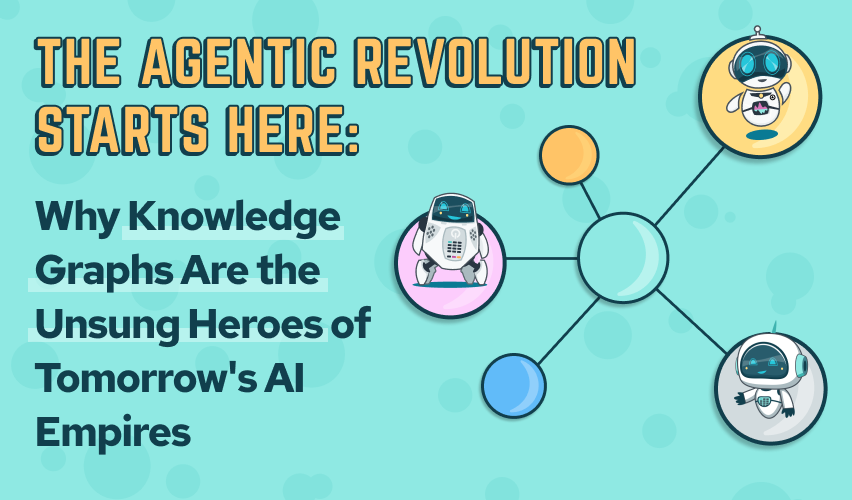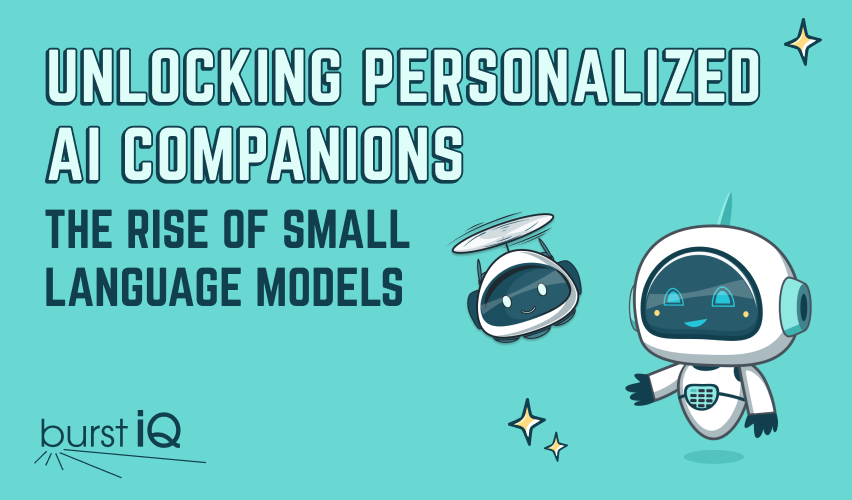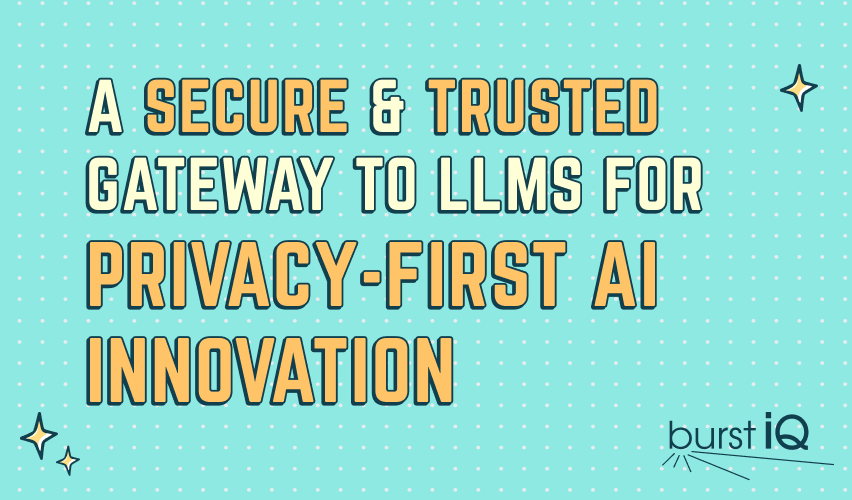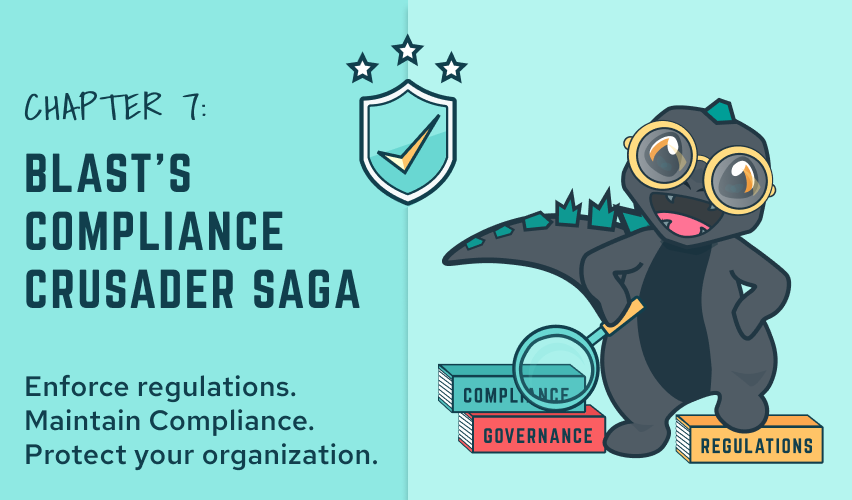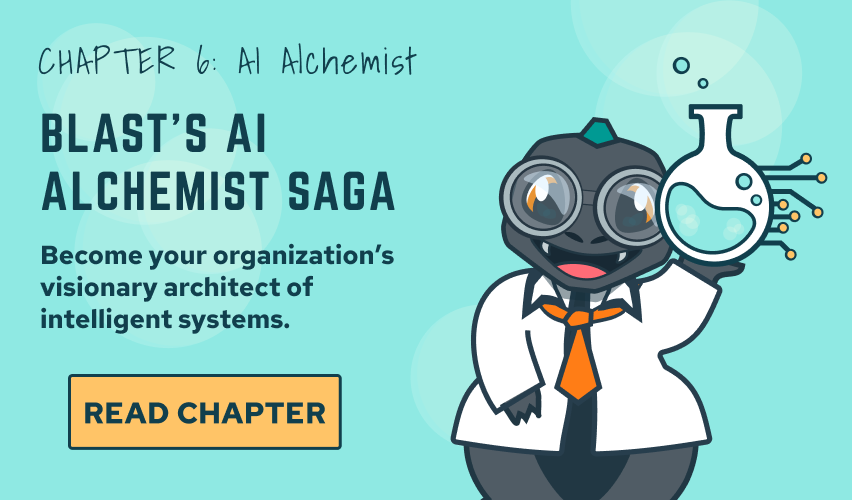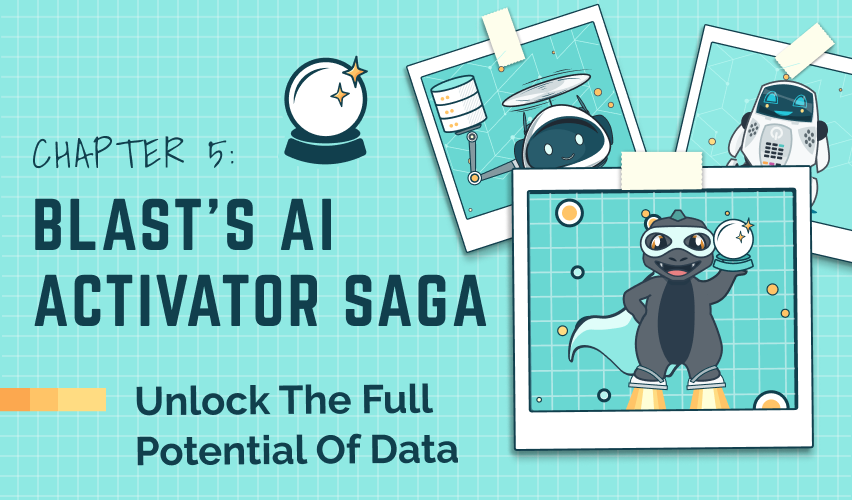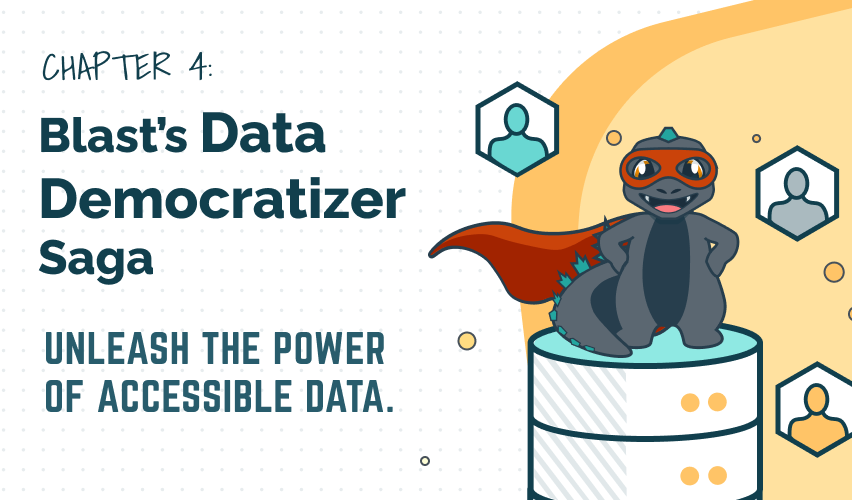Navigating the Agentic AI Landscape:
Transparency, Governance, and the Role of BurstIQ’s LifeGraph

In the era of rapidly advancing AI, agentic systems are transforming how organizations operate, automating complex tasks and decision-making processes. However, for these solutions to be enterprise-grade, they must be built on a foundation of security, compliance, and trust. Chief Information Officers (CIOs) and Chief Information Security Officers (CISOs) are increasingly demanding verified data, consented or approved input data, attested execution, audit trails, and even kill switches for these autonomous agents. This is particularly critical in regulated environments. In this blog, we’ll explore agentic AI, the imperative for transparency, the creation of immutable audit trails, agent management as distinct entities, and how BurstIQ’s LifeGraph platform leverages its smart data capabilities to address these challenges, providing a robust solution for governance and compliance.
What is “Agentic” AI?
Agentic AI refers to autonomous AI systems capable of perceiving their environment, making decisions, and taking actions to achieve specific goals without constant human intervention. Unlike traditional AI models that respond reactively (e.g., chatbots answering queries), agentic AI operates proactively, often chaining multiple tools or sub-agents to complete tasks. For instance, an agentic system might analyze data, generate reports, and even execute trades in a financial application.
These systems are built on foundational elements like large language models (LLMs), but they extend beyond generation to include planning, tool usage, and self-correction. Popular frameworks exemplify this, enabling agents to break down complex problems into steps and iterate based on feedback. As of 2025, agentic AI is seeing widespread adoption in industries like healthcare, finance, and government, where automation can drive efficiency. However, if not deployed and governed correctly, these systems can introduce serious risks and vulnerabilities.

The Need for Transparency in Agentic AI
Transparency is the cornerstone of trustworthy AI, especially for agentic systems that can impact critical operations. Without it, organizations face risks like unintended biases, security vulnerabilities, or compliance failures. Transparency must encompass three key dimensions: agent governance, agent behavior and actions, and agent ontologies and configurations.
Transparency in Agent Behavior and Actions
Agentic AI’s autonomy means it can perform sequences of actions that might not be immediately visible to users or overseers. For example, an agent processing sensitive data could inadvertently leak information or make erroneous decisions based on flawed reasoning. CISOs demand visibility into these behaviors to ensure attested execution, verifiable proof that actions were performed as intended, and the ability to implement kill switches for immediate halting if anomalies arise.
This transparency allows for real-time monitoring, error tracing, and accountability. In regulated sectors, demonstrating compliance with standards is essential, which requires detailed logging of system activities to prevent unauthorized access or data breaches. To address these needs, Smart Data Objects (SDOs) have emerged as a next-generation solution. SDOs are digital assets engineered with Privacy Enhancing Technology (PET) applied directly to each individual data asset. By combining robust asset-level data governance, quality controls, lineage tracking, auditability, metadata management, and verification, these privacy-enhanced assets deliver a higher level of data security, trust, and contextual relevance compared to traditional data platforms.
Transparency in Agent Ontologies and Configurations
Ontologies define how an agent understands and structures knowledge, essentially its “worldview,” including entity relationships, rules, and domain-specific logic. Configurations, on the other hand, include parameters like model versions, tool integrations, and behavioral prompts that dictate how the agent operates.
Lack of transparency can lead to opaque decision-making, making it unclear why an agent chose a particular path. For instance, if an agent’s ontology misrepresents relationships in a healthcare graph (e.g., confusing drug interactions), outcomes could be harmful. Articulating these elements ensures reproducibility, debugging, and ethical alignment, enabling organizations to audit and refine agents over time.

Creating an Immutable Audit Trail of Agent-Run Receipts
To build trust, agentic AI systems must generate immutable audit trails, unchangeable records of every action, decision, and data interaction. These “agent-run receipts” should be signed digitally to verify authenticity, capturing details like timestamps, inputs/outputs, data touched, and rationale.
Immutability prevents tampering, ensuring that even in post-incident reviews, the trail remains reliable. Blockchain technology is ideal here, as it provides decentralized, tamper-proof ledgers. For compliance, such audit trails satisfy requirements for continuous monitoring and incident response, offering attested proof of execution that can be shared with auditors without compromising security.
In practice, this involves embedding provenance, metadata about data origins and transformations, into every agent interaction. Signed receipts tie actions to specific agents, creating a chain of custody that supports forensic analysis and regulatory reporting.
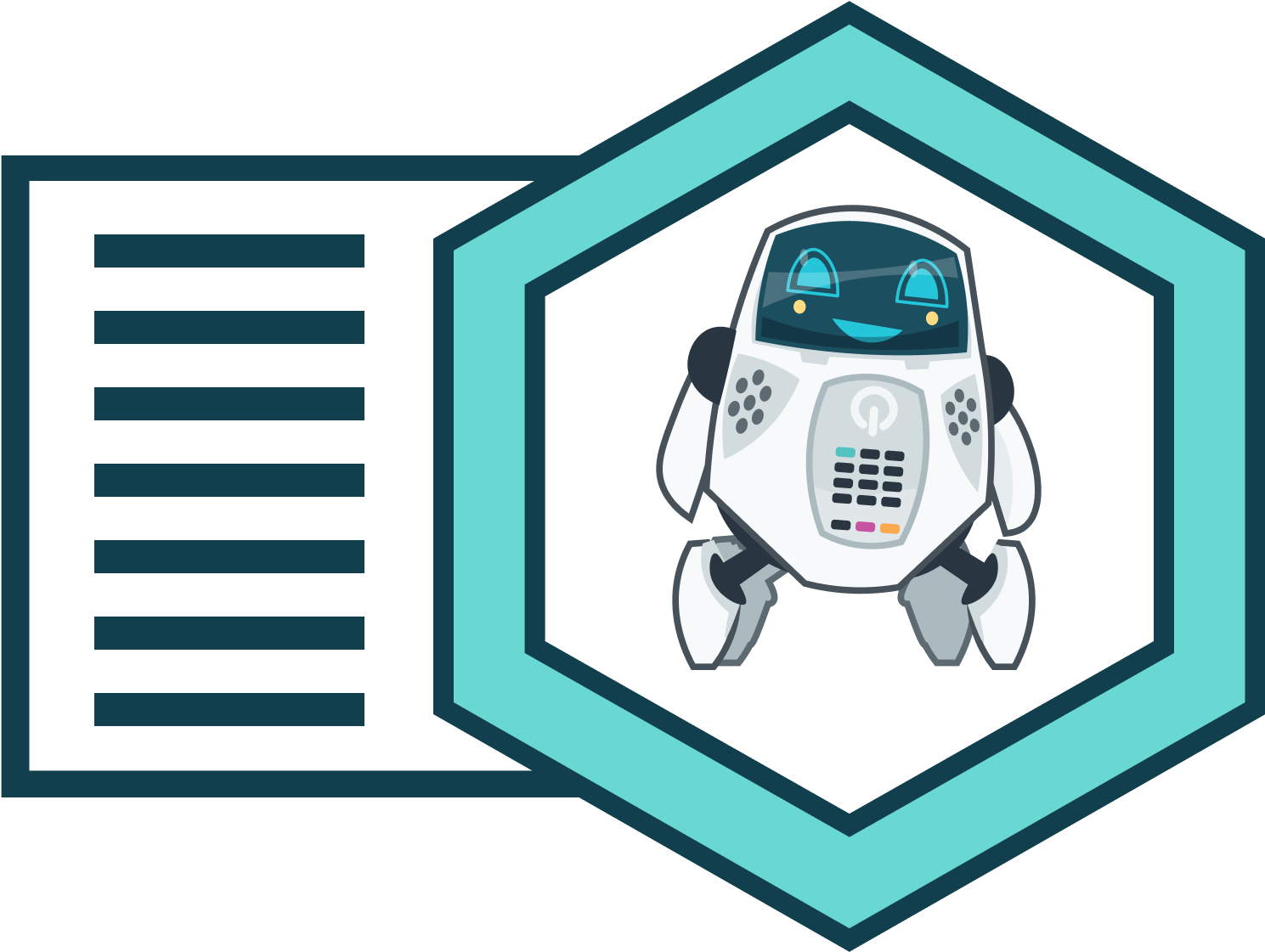
Managing Agents as Entities with Specific Identity
Organizations should consider the ethical and compliant use of AI agents within their organizations, treating agents as first-class entities — just as they would human employees — with unique identities. This is crucial for scalable governance. Each agent should have a persistent ID, akin to a digital passport, that includes its ontology, configuration history, permissions, and lifecycle metadata. This entity-based management allows for:
- Version Control: Tracking updates to configurations or ontologies.
- Access Controls: Enforcing role-based permissions on what data or tools an agent can touch.
- Lifecycle Management: From deployment to decommissioning, including kill switches for revocation.
In a multi-agent ecosystem, identities facilitate orchestration, where agents collaborate while maintaining isolation. This approach mirrors identity management in human systems, reducing risks like agent sprawl or unauthorized escalations.

How BurstIQ LifeGraph Solves Agentic Management and Governance Problems
BurstIQ’s LifeGraph platform emerges as a breakthrough solution, leveraging its smart data capabilities to address the core challenges of agentic AI governance. Built on Web3 knowledge graphs and blockchain, LifeGraph transforms static data into Smart Data Objects, self-contained digital assets that inherently store provenance, context, and metadata along with the data value itself. This foundation is perfectly suited for managing agentic AI, providing the transparency, auditability, and security demanded by CISOs.
Storing Signed Agent-Run Receipts
LifeGraph’s Smart Data Objects already embed provenance, capturing the origin, transformations, and lineage of data. For agentic AI, this extends to storing signed receipts of agent actions. Every interaction, whether querying data, executing a task, or touching sensitive information, generates a blockchain-backed receipt. These receipts are immutable, digitally signed, tied to the data objects involved, and the agent’s LifeGraph ensures a complete chain of custody.
This capability satisfies audit trail requirements by offering attested execution logs that are verifiable and tamper-proof. In scenarios like healthcare or government operations, where data integrity is paramount, LifeGraph reduces compliance risks while enabling real-time auditing.
Enabling Transparency in Behavior, Actions, Ontologies, and Configurations
LifeGraph treats agents as entities digital assets within its ecosystem, assigning unique identities backed by blockchain. Each agent has a digital profile encompassing its ID, ontology, configuration history, and permissions. This enables entity-level management: deploying agents with kill switches, monitoring via graph traversals, and orchestrating multi-agent workflows securely.
BurstIQ defines a digital asset as data assets, machine learning assets, AI assets, and agentic assets. All are forms of secure data objects within the system.
For agentic AI, LifeGraph supports “managing agentic populations” by scaling institutional knowledge through these identified entities, empowering secure innovation. Blockchain ensures identities are immutable and auditable.
Broader Benefits for Governance and Compliance
By fusing blockchain audit trails with smart data, LifeGraph creates a privacy-first, compliant ecosystem. It accelerates AI adoption while identifying significant cost savings, all within a framework that supports standards like HIPAA and GDPR, supporting FedRAMP alignment through enhanced security and transparency. For organizations navigating agentic AI, LifeGraph isn’t just a tool; it’s a governance powerhouse that turns potential risks into trusted opportunities.
Conclusion
Agentic AI promises unprecedented efficiency, but without robust transparency, audit trails, and management, it poses significant risks. BurstIQ LifeGraph addresses these head-on with its smart data objects, blockchain integration, and graph-based architecture, offering a path to compliant, trustworthy deployments. As we move deeper into 2025 and 2026, platforms like LifeGraph will be essential for harnessing agentic AI responsibly. If you’re exploring AI governance, consider how such innovations can future-proof your operations.

Navigating the Agentic AI Landscape:
Transparency, Governance, and the Role of BurstIQ’s LifeGraph
In the era of rapidly advancing AI, agentic systems are transforming how organizations operate, automating complex tasks and decision-making processes. However, for these solutions to be enterprise-grade, they must be built on a foundation of security, compliance, and trust. Chief Information Officers (CIOs) and Chief Information Security Officers (CISOs) are increasingly demanding verified data, consented or approved input data, attested execution, audit trails, and even kill switches for these autonomous agents. This is particularly critical in regulated environments. In this blog, we’ll explore agentic AI, the imperative for transparency, the creation of immutable audit trails, agent management as distinct entities, and how BurstIQ’s LifeGraph platform leverages its smart data capabilities to address these challenges, providing a robust solution for governance and compliance.
What is “Agentic” AI?
Agentic AI refers to autonomous AI systems capable of perceiving their environment, making decisions, and taking actions to achieve specific goals without constant human intervention. Unlike traditional AI models that respond reactively (e.g., chatbots answering queries), agentic AI operates proactively, often chaining multiple tools or sub-agents to complete tasks. For instance, an agentic system might analyze data, generate reports, and even execute trades in a financial application.
These systems are built on foundational elements like large language models (LLMs), but they extend beyond generation to include planning, tool usage, and self-correction. Popular frameworks exemplify this, enabling agents to break down complex problems into steps and iterate based on feedback. As of 2025, agentic AI is seeing widespread adoption in industries like healthcare, finance, and government, where automation can drive efficiency. However, if not deployed and governed correctly, these systems can introduce serious risks and vulnerabilities.

The Need for Transparency in Agentic AI
Transparency is the cornerstone of trustworthy AI, especially for agentic systems that can impact critical operations. Without it, organizations face risks like unintended biases, security vulnerabilities, or compliance failures. Transparency must encompass three key dimensions: agent governance, agent behavior and actions, and agent ontologies and configurations.
Transparency in Agent Behavior and Actions
Agentic AI’s autonomy means it can perform sequences of actions that might not be immediately visible to users or overseers. For example, an agent processing sensitive data could inadvertently leak information or make erroneous decisions based on flawed reasoning. CISOs demand visibility into these behaviors to ensure attested execution, verifiable proof that actions were performed as intended, and the ability to implement kill switches for immediate halting if anomalies arise.
This transparency allows for real-time monitoring, error tracing, and accountability. In regulated sectors, demonstrating compliance with standards is essential, which requires detailed logging of system activities to prevent unauthorized access or data breaches. To address these needs, Smart Data Objects (SDOs) have emerged as a next-generation solution. SDOs are digital assets engineered with Privacy Enhancing Technology (PET) applied directly to each individual data asset. By combining robust asset-level data governance, quality controls, lineage tracking, auditability, metadata management, and verification, these privacy-enhanced assets deliver a higher level of data security, trust, and contextual relevance compared to traditional data platforms.
Transparency in Agent Ontologies and Configurations
Ontologies define how an agent understands and structures knowledge, essentially its “worldview,” including entity relationships, rules, and domain-specific logic. Configurations, on the other hand, include parameters like model versions, tool integrations, and behavioral prompts that dictate how the agent operates.
Lack of transparency can lead to opaque decision-making, making it unclear why an agent chose a particular path. For instance, if an agent’s ontology misrepresents relationships in a healthcare graph (e.g., confusing drug interactions), outcomes could be harmful. Articulating these elements ensures reproducibility, debugging, and ethical alignment, enabling organizations to audit and refine agents over time.

Creating an Immutable Audit Trail of Agent-Run Receipts
To build trust, agentic AI systems must generate immutable audit trails, unchangeable records of every action, decision, and data interaction. These “agent-run receipts” should be signed digitally to verify authenticity, capturing details like timestamps, inputs/outputs, data touched, and rationale.
Immutability prevents tampering, ensuring that even in post-incident reviews, the trail remains reliable. Blockchain technology is ideal here, as it provides decentralized, tamper-proof ledgers. For compliance, such audit trails satisfy requirements for continuous monitoring and incident response, offering attested proof of execution that can be shared with auditors without compromising security.
In practice, this involves embedding provenance, metadata about data origins and transformations, into every agent interaction. Signed receipts tie actions to specific agents, creating a chain of custody that supports forensic analysis and regulatory reporting.

Managing Agents as Entities with Specific Identity
Organizations should consider the ethical and compliant use of AI agents within their organizations, treating agents as first-class entities — just as they would human employees — with unique identities. This is crucial for scalable governance. Each agent should have a persistent ID, akin to a digital passport, that includes its ontology, configuration history, permissions, and lifecycle metadata. This entity-based management allows for:
- Version Control: Tracking updates to configurations or ontologies.
- Access Controls: Enforcing role-based permissions on what data or tools an agent can touch.
- Lifecycle Management: From deployment to decommissioning, including kill switches for revocation.
In a multi-agent ecosystem, identities facilitate orchestration, where agents collaborate while maintaining isolation. This approach mirrors identity management in human systems, reducing risks like agent sprawl or unauthorized escalations.

How BurstIQ LifeGraph Solves Agentic Management and Governance Problems
BurstIQ’s LifeGraph platform emerges as a breakthrough solution, leveraging its smart data capabilities to address the core challenges of agentic AI governance. Built on Web3 knowledge graphs and blockchain, LifeGraph transforms static data into Smart Data Objects, self-contained digital assets that inherently store provenance, context, and metadata along with the data value itself. This foundation is perfectly suited for managing agentic AI, providing the transparency, auditability, and security demanded by CISOs.
Storing Signed Agent-Run Receipts
LifeGraph’s Smart Data Objects already embed provenance, capturing the origin, transformations, and lineage of data. For agentic AI, this extends to storing signed receipts of agent actions. Every interaction, whether querying data, executing a task, or touching sensitive information, generates a blockchain-backed receipt. These receipts are immutable, digitally signed, tied to the data objects involved, and the agent’s LifeGraph ensures a complete chain of custody.
This capability satisfies audit trail requirements by offering attested execution logs that are verifiable and tamper-proof. In scenarios like healthcare or government operations, where data integrity is paramount, LifeGraph reduces compliance risks while enabling real-time auditing.
Enabling Transparency in Behavior, Actions, Ontologies, and Configurations
LifeGraph treats agents as entities digital assets within its ecosystem, assigning unique identities backed by blockchain. Each agent has a digital profile encompassing its ID, ontology, configuration history, and permissions. This enables entity-level management: deploying agents with kill switches, monitoring via graph traversals, and orchestrating multi-agent workflows securely.
BurstIQ defines a digital asset as data assets, machine learning assets, AI assets, and agentic assets. All are forms of secure data objects within the system.
For agentic AI, LifeGraph supports “managing agentic populations” by scaling institutional knowledge through these identified entities, empowering secure innovation. Blockchain ensures identities are immutable and auditable.
Broader Benefits for Governance and Compliance
By fusing blockchain audit trails with smart data, LifeGraph creates a privacy-first, compliant ecosystem. It accelerates AI adoption while identifying significant cost savings, all within a framework that supports standards like HIPAA and GDPR, supporting FedRAMP alignment through enhanced security and transparency. For organizations navigating agentic AI, LifeGraph isn’t just a tool; it’s a governance powerhouse that turns potential risks into trusted opportunities.
Conclusion
Agentic AI promises unprecedented efficiency, but without robust transparency, audit trails, and management, it poses significant risks. BurstIQ LifeGraph addresses these head-on with its smart data objects, blockchain integration, and graph-based architecture, offering a path to compliant, trustworthy deployments. As we move deeper into 2025 and 2026, platforms like LifeGraph will be essential for harnessing agentic AI responsibly. If you’re exploring AI governance, consider how such innovations can future-proof your operations.

Navigating the Agentic AI Landscape:
Transparency, Governance,
and the Role of BurstIQ’s LifeGraph
In the era of rapidly advancing AI, agentic systems are transforming how organizations operate, automating complex tasks and decision-making processes. However, for these solutions to be enterprise-grade, they must be built on a foundation of security, compliance, and trust. Chief Information Officers (CIOs) and Chief Information Security Officers (CISOs) are increasingly demanding verified data, consented or approved input data, attested execution, audit trails, and even kill switches for these autonomous agents. This is particularly critical in regulated environments. In this blog, we’ll explore agentic AI, the imperative for transparency, the creation of immutable audit trails, agent management as distinct entities, and how BurstIQ’s LifeGraph platform leverages its smart data capabilities to address these challenges, providing a robust solution for governance and compliance.
What is “Agentic” AI?
Agentic AI refers to autonomous AI systems capable of perceiving their environment, making decisions, and taking actions to achieve specific goals without constant human intervention. Unlike traditional AI models that respond reactively (e.g., chatbots answering queries), agentic AI operates proactively, often chaining multiple tools or sub-agents to complete tasks. For instance, an agentic system might analyze data, generate reports, and even execute trades in a financial application.
These systems are built on foundational elements like large language models (LLMs), but they extend beyond generation to include planning, tool usage, and self-correction. Popular frameworks exemplify this, enabling agents to break down complex problems into steps and iterate based on feedback. As of 2025, agentic AI is seeing widespread adoption in industries like healthcare, finance, and government, where automation can drive efficiency. However, if not deployed and governed correctly, these systems can introduce serious risks and vulnerabilities.

The Need for Transparency in Agentic AI
Transparency is the cornerstone of trustworthy AI, especially for agentic systems that can impact critical operations. Without it, organizations face risks like unintended biases, security vulnerabilities, or compliance failures. Transparency must encompass three key dimensions: agent governance, agent behavior and actions, and agent ontologies and configurations.
Transparency in Agent Behavior and Actions
Agentic AI’s autonomy means it can perform sequences of actions that might not be immediately visible to users or overseers. For example, an agent processing sensitive data could inadvertently leak information or make erroneous decisions based on flawed reasoning. CISOs demand visibility into these behaviors to ensure attested execution, verifiable proof that actions were performed as intended, and the ability to implement kill switches for immediate halting if anomalies arise.
This transparency allows for real-time monitoring, error tracing, and accountability. In regulated sectors, demonstrating compliance with standards is essential, which requires detailed logging of system activities to prevent unauthorized access or data breaches. To address these needs, Smart Data Objects (SDOs) have emerged as a next-generation solution. SDOs are digital assets engineered with Privacy Enhancing Technology (PET) applied directly to each individual data asset. By combining robust asset-level data governance, quality controls, lineage tracking, auditability, metadata management, and verification, these privacy-enhanced assets deliver a higher level of data security, trust, and contextual relevance compared to traditional data platforms.
Transparency in Agent Ontologies and Configurations
Ontologies define how an agent understands and structures knowledge, essentially its “worldview,” including entity relationships, rules, and domain-specific logic. Configurations, on the other hand, include parameters like model versions, tool integrations, and behavioral prompts that dictate how the agent operates.
Lack of transparency can lead to opaque decision-making, making it unclear why an agent chose a particular path. For instance, if an agent’s ontology misrepresents relationships in a healthcare graph (e.g., confusing drug interactions), outcomes could be harmful. Articulating these elements ensures reproducibility, debugging, and ethical alignment, enabling organizations to audit and refine agents over time.

Creating an Immutable Audit Trail of Agent-Run Receipts
To build trust, agentic AI systems must generate immutable audit trails, unchangeable records of every action, decision, and data interaction. These “agent-run receipts” should be signed digitally to verify authenticity, capturing details like timestamps, inputs/outputs, data touched, and rationale.
Immutability prevents tampering, ensuring that even in post-incident reviews, the trail remains reliable. Blockchain technology is ideal here, as it provides decentralized, tamper-proof ledgers. For compliance, such audit trails satisfy requirements for continuous monitoring and incident response, offering attested proof of execution that can be shared with auditors without compromising security.
In practice, this involves embedding provenance, metadata about data origins and transformations, into every agent interaction. Signed receipts tie actions to specific agents, creating a chain of custody that supports forensic analysis and regulatory reporting.

Managing Agents as Entities with Specific Identity
Organizations should consider the ethical and compliant use of AI agents within their organizations, treating agents as first-class entities — just as they would human employees — with unique identities. This is crucial for scalable governance. Each agent should have a persistent ID, akin to a digital passport, that includes its ontology, configuration history, permissions, and lifecycle metadata. This entity-based management allows for:
- Version Control: Tracking updates to configurations or ontologies.
- Access Controls: Enforcing role-based permissions on what data or tools an agent can touch.
- Lifecycle Management: From deployment to decommissioning, including kill switches for revocation.
In a multi-agent ecosystem, identities facilitate orchestration, where agents collaborate while maintaining isolation. This approach mirrors identity management in human systems, reducing risks like agent sprawl or unauthorized escalations.

How BurstIQ LifeGraph Solves Agentic Management and Governance Problems
BurstIQ’s LifeGraph platform emerges as a breakthrough solution, leveraging its smart data capabilities to address the core challenges of agentic AI governance. Built on Web3 knowledge graphs and blockchain, LifeGraph transforms static data into Smart Data Objects, self-contained digital assets that inherently store provenance, context, and metadata along with the data value itself. This foundation is perfectly suited for managing agentic AI, providing the transparency, auditability, and security demanded by CISOs.
Storing Signed Agent-Run Receipts
LifeGraph’s Smart Data Objects already embed provenance, capturing the origin, transformations, and lineage of data. For agentic AI, this extends to storing signed receipts of agent actions. Every interaction, whether querying data, executing a task, or touching sensitive information, generates a blockchain-backed receipt. These receipts are immutable, digitally signed, tied to the data objects involved, and the agent’s LifeGraph ensures a complete chain of custody.
This capability satisfies audit trail requirements by offering attested execution logs that are verifiable and tamper-proof. In scenarios like healthcare or government operations, where data integrity is paramount, LifeGraph reduces compliance risks while enabling real-time auditing.
Enabling Transparency in Behavior, Actions, Ontologies, and Configurations
LifeGraph treats agents as entities digital assets within its ecosystem, assigning unique identities backed by blockchain. Each agent has a digital profile encompassing its ID, ontology, configuration history, and permissions. This enables entity-level management: deploying agents with kill switches, monitoring via graph traversals, and orchestrating multi-agent workflows securely.
BurstIQ defines a digital asset as data assets, machine learning assets, AI assets, and agentic assets. All are forms of secure data objects within the system.
For agentic AI, LifeGraph supports “managing agentic populations” by scaling institutional knowledge through these identified entities, empowering secure innovation. Blockchain ensures identities are immutable and auditable.
Broader Benefits for Governance and Compliance
By fusing blockchain audit trails with smart data, LifeGraph creates a privacy-first, compliant ecosystem. It accelerates AI adoption while identifying significant cost savings, all within a framework that supports standards like HIPAA and GDPR, supporting FedRAMP alignment through enhanced security and transparency. For organizations navigating agentic AI, LifeGraph isn’t just a tool; it’s a governance powerhouse that turns potential risks into trusted opportunities.
Conclusion
Agentic AI promises unprecedented efficiency, but without robust transparency, audit trails, and management, it poses significant risks. BurstIQ LifeGraph addresses these head-on with its smart data objects, blockchain integration, and graph-based architecture, offering a path to compliant, trustworthy deployments. As we move deeper into 2025 and 2026, platforms like LifeGraph will be essential for harnessing agentic AI responsibly. If you’re exploring AI governance, consider how such innovations can future-proof your operations.
